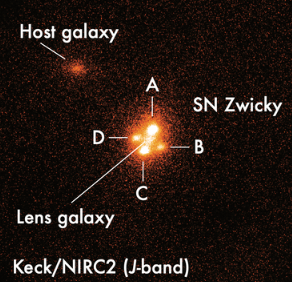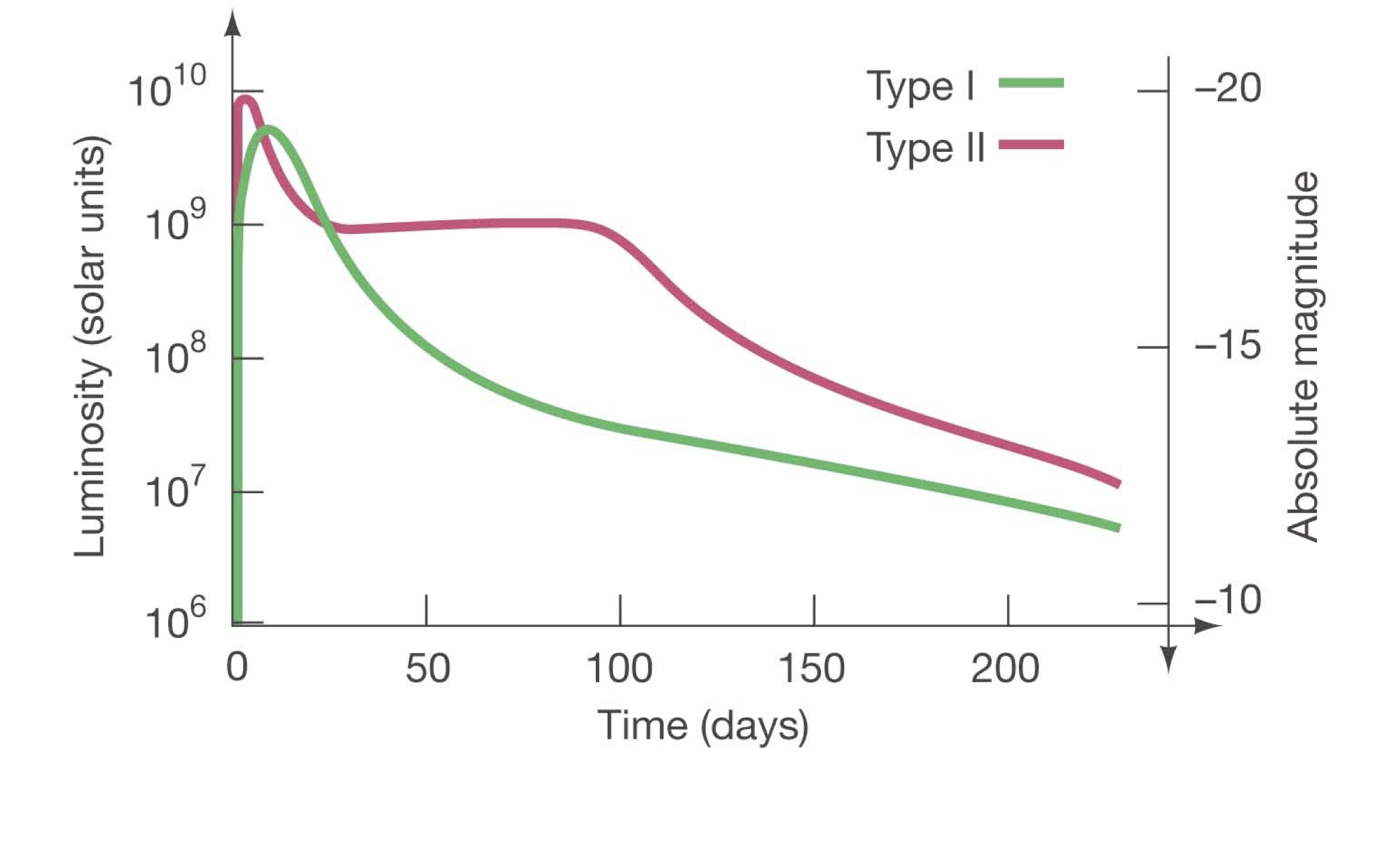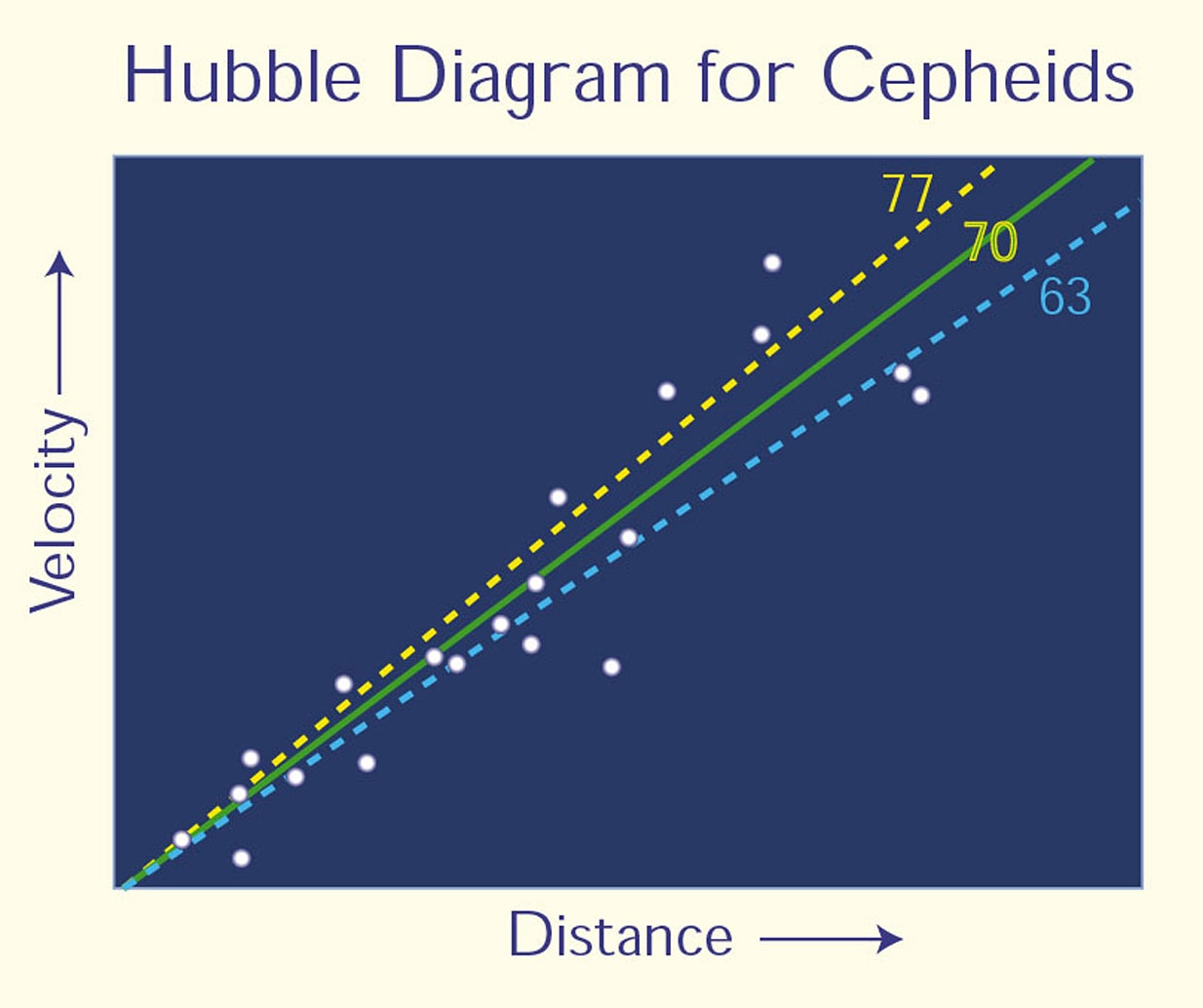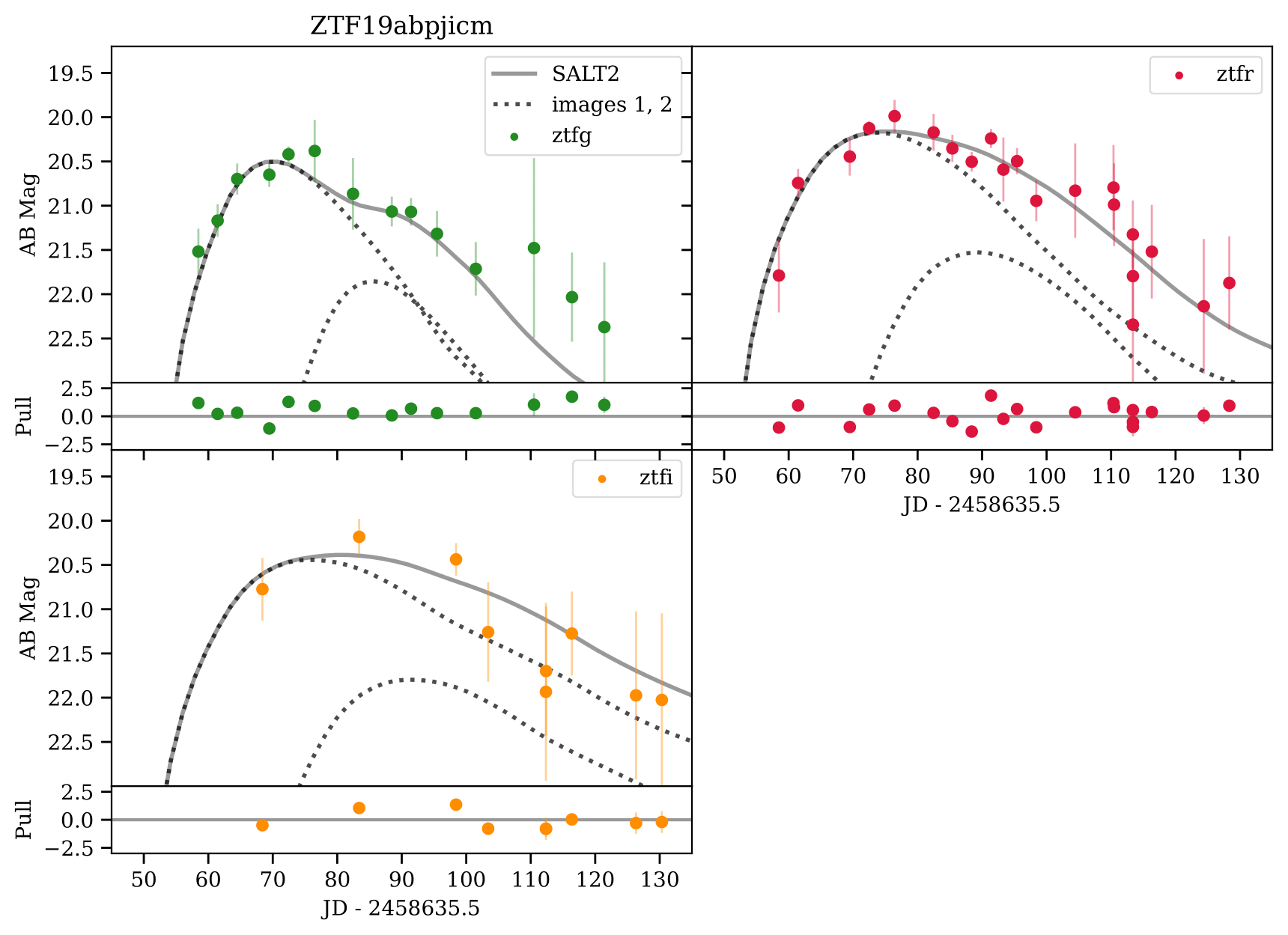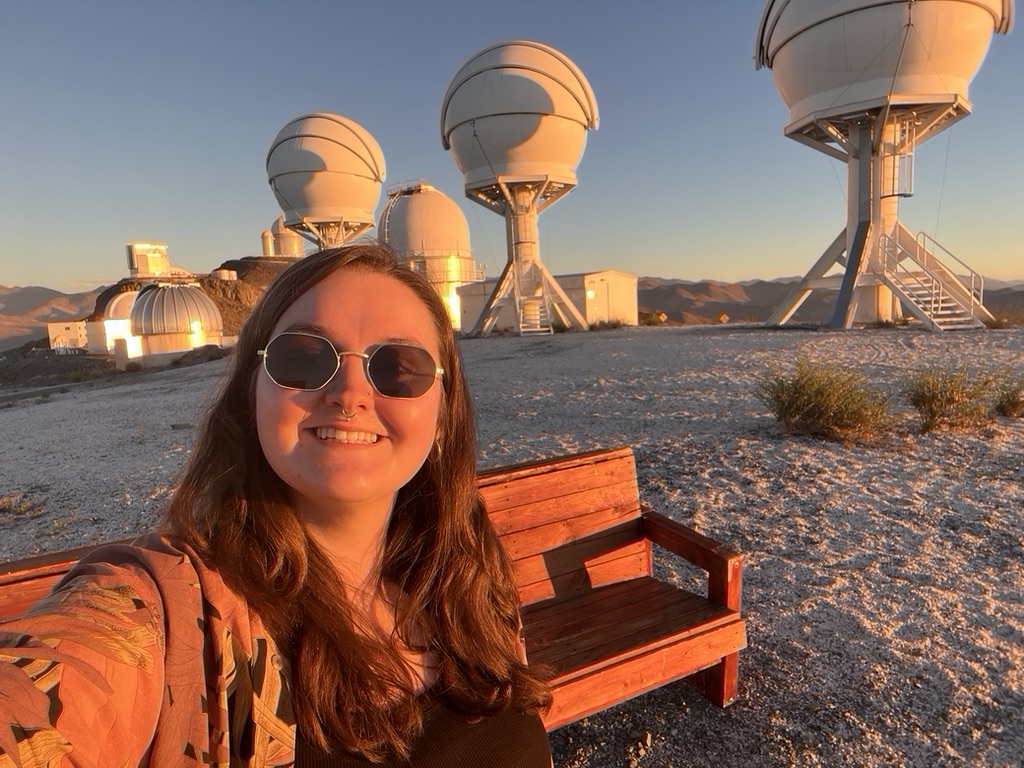
Hi! I'm Alice Townsend, a PhD student at the Humboldt University of Berlin in Germany. I started in November 2021, and I work with the Zwicky Transient Facility (ZTF) to discover and analyse explosive transients known as supernovae. My main research areas are strong gravitationally lensed supernovae and the photometric classification of supernovae. Prior to this, I obtained my master's in physics (MPhys) from the University of Manchester (Sept 2017 - Jul 2021), with a thesis on the study of transitional millisecond pulsars.

